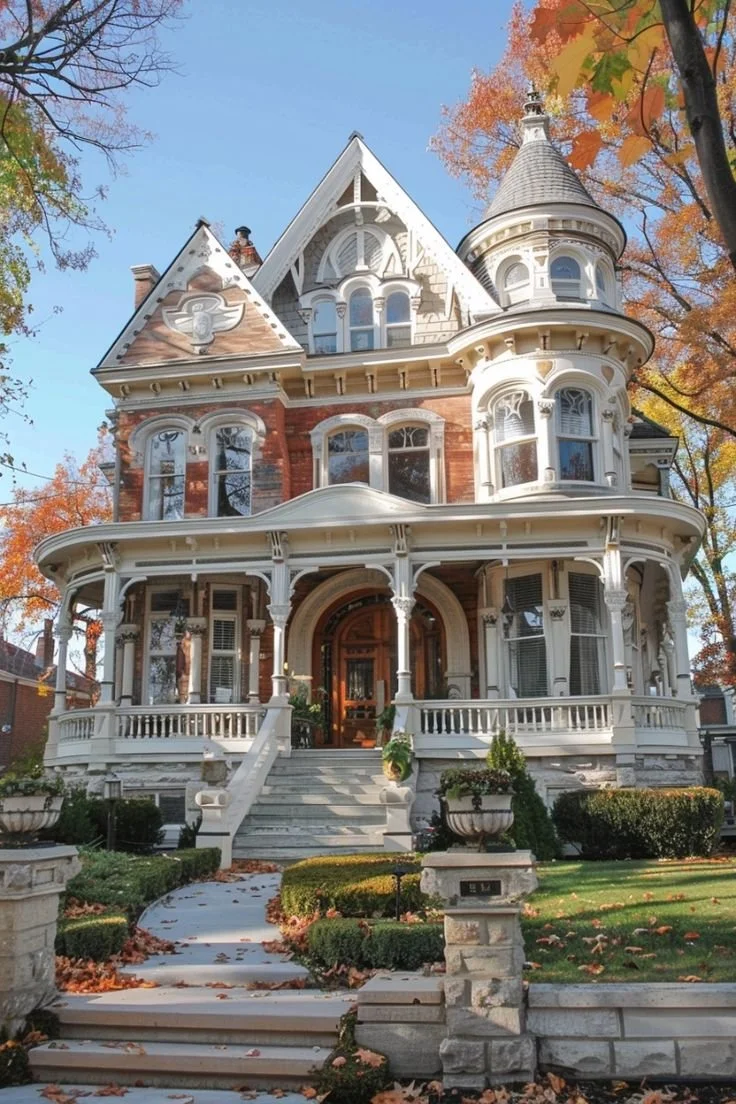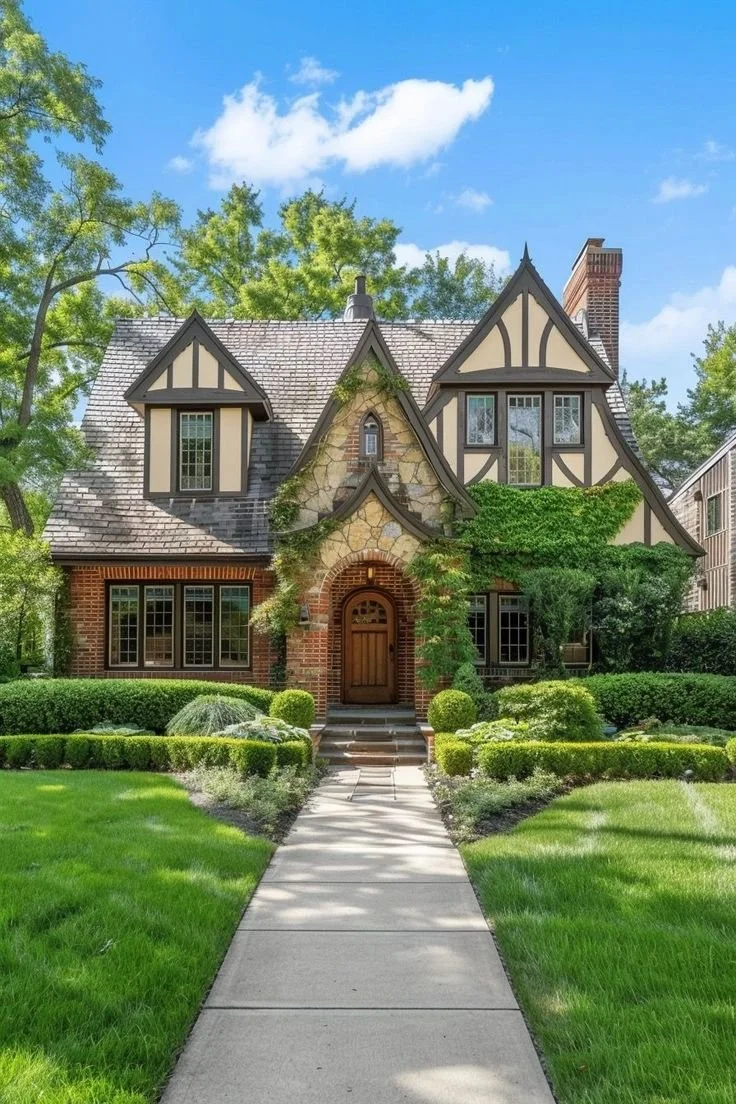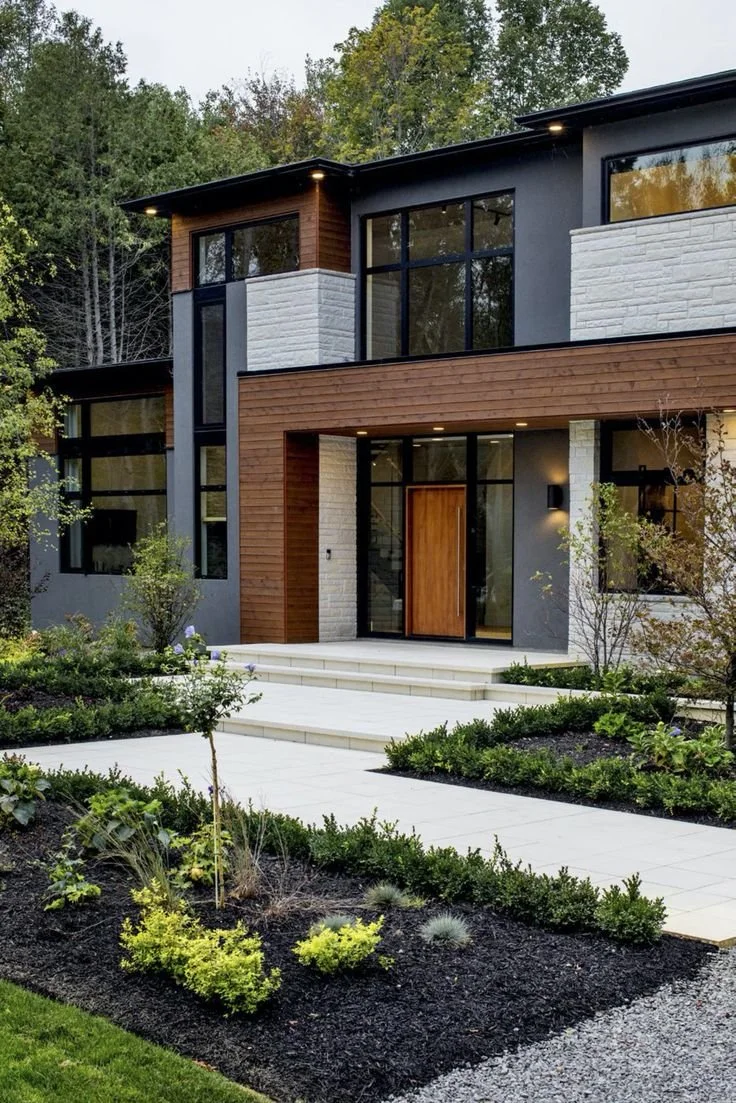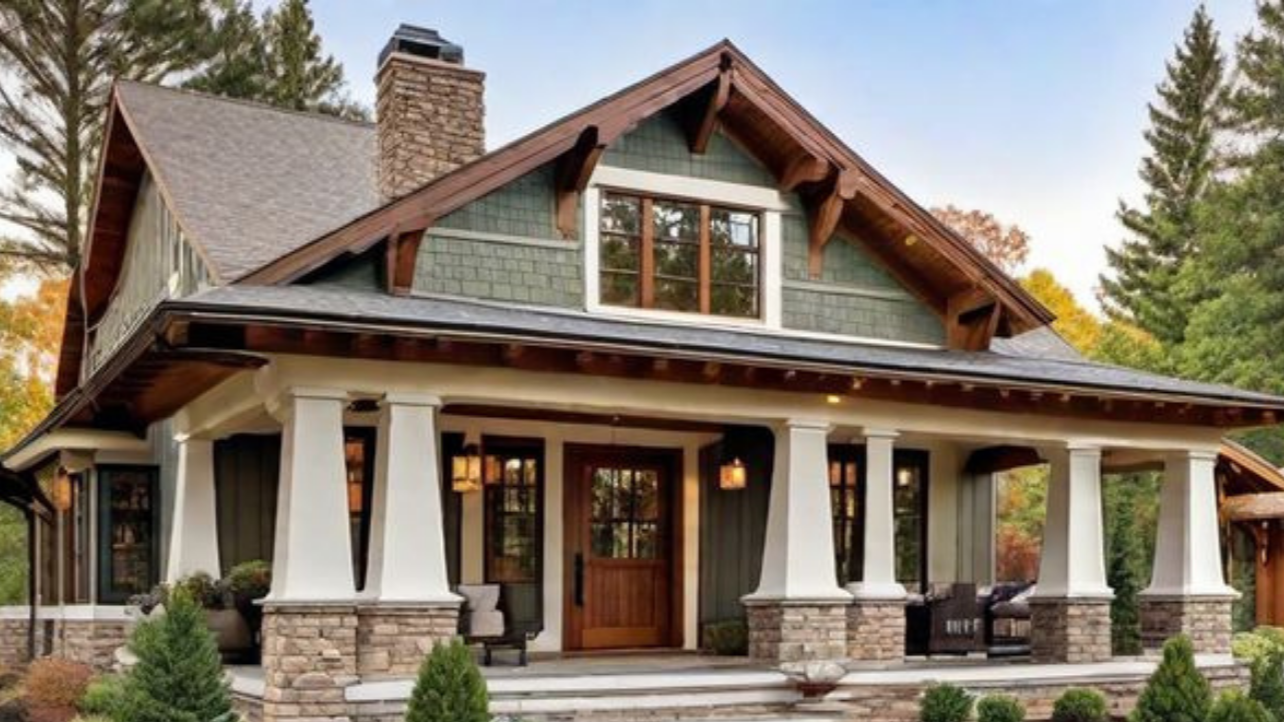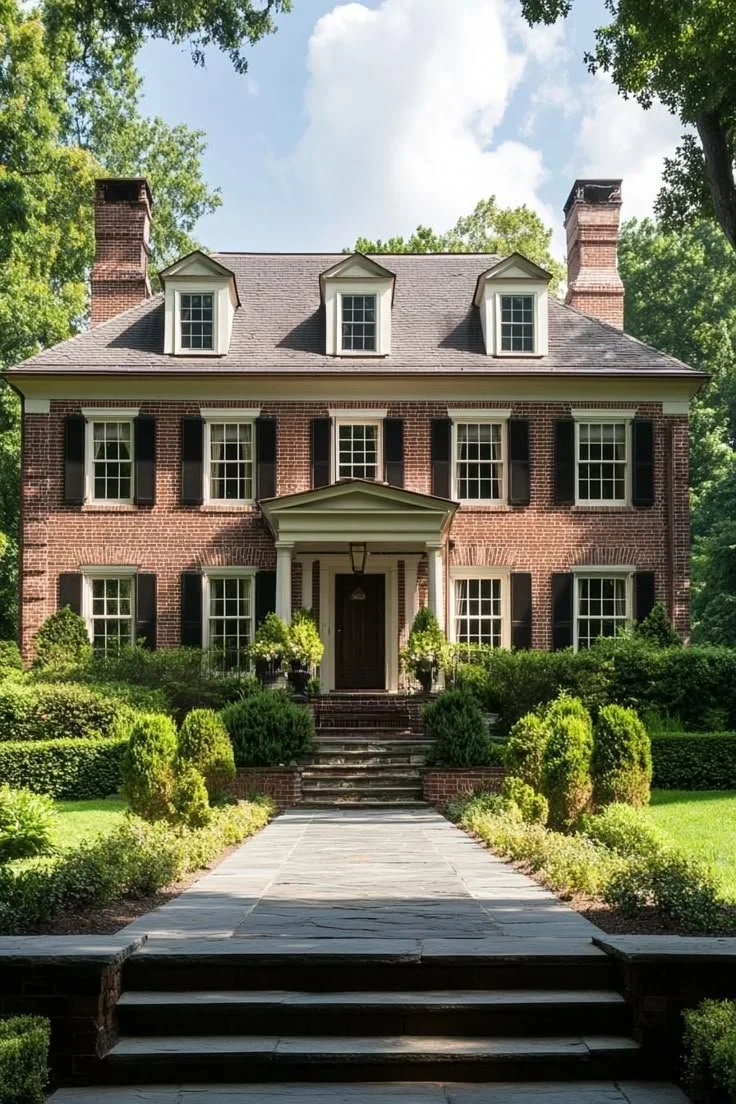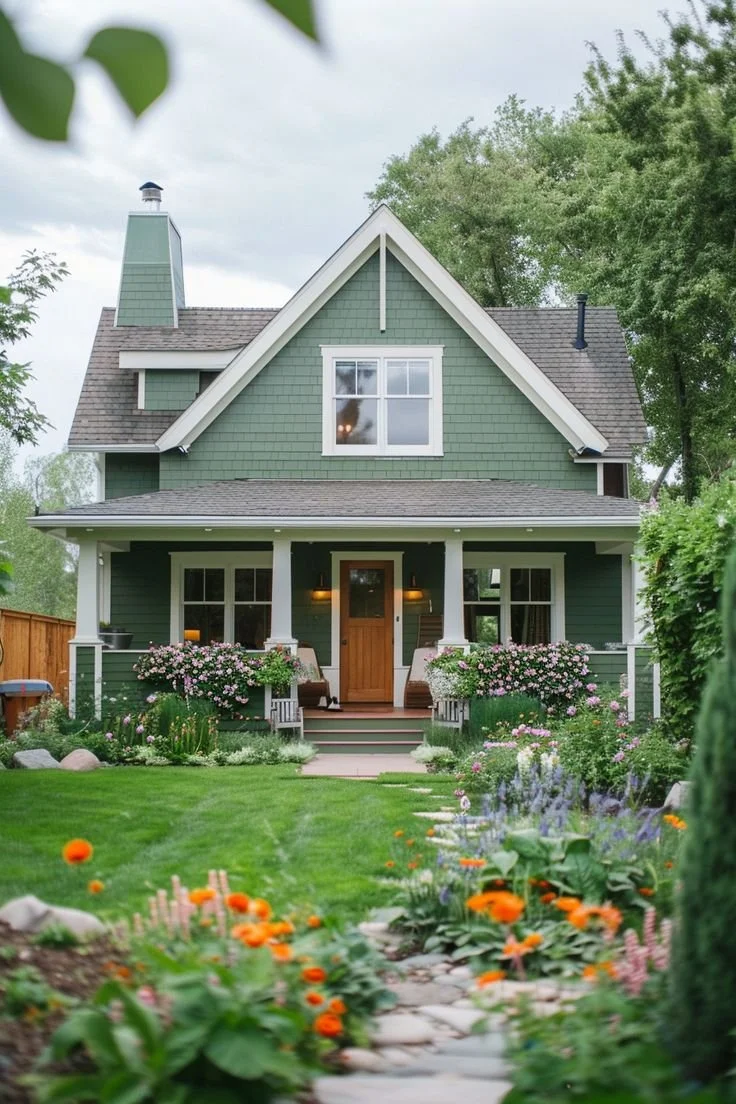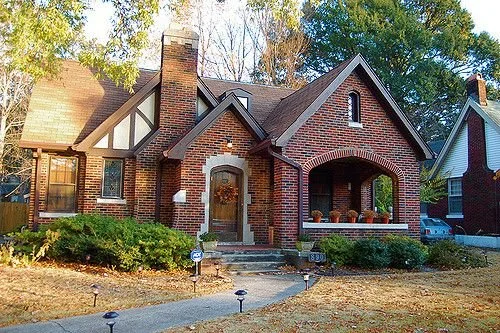Architectural Styles You’ll Find Around London Ontario
Considering London Ontario has been around since the mid-1800s, it’s easy to imagine that this city has seen many different phases of architectural evolution.
Because of this, you’ll often find that neighbourhood architectural styles are mixed.
For instance, you may see a Cape Cod next to a Georgian, right next door to a Victorian. This is most often true in the older neighbourhoods, such as Old North, Old South and Old East, as these areas have definitely evolved over the last 200 years.
In those areas, some homes are still torn down to make way for new ones, while some properties get split up to make way for more housing too.
London Ontario’s Shifting Real Estate Styles
Right now, multi-family housing units and low rises are hot topics among city planners and residents alike. So are in-law suites and laneway homes, which allow residents to expand living space on their existing property - especially since the Canadian government made it easier for people to create more low density housing to combat the housing crisis.
Downtown London, buildings are definitely going up, up up and away with taller and taller skyscrapers ushering in a new architectural boom in the city.
Let’s walk through some of the common architectural styles you’re likely to see as you’re house hunting around the city.
Victorian Homes in London Ontario’s Old Neighbourhoods
Victorian homes are those that were constructed during the reign of Queen Victoria, which spanned from 1837 to 1901. Although the settlement history of London, Ontario begins in 1793, the city wasn’t officially founded until 1826.
As you could imagine, many of the first homes were therefore constructed through the Victorian era. The early heart of the city formed around the courthouse (downtown London) and eventually spread throughout what is now Old East.
Today, you’ll find many Victorian homes in Old North, Old East, and Old South (Wortley Village).
While living in these homes today may come with challenges presented by older windows, challenging rooflines (for those looking to replace their roofs), and ancient infrastructure that didn’t account for our modern plumbing or heating, people who are drawn to these homes agree that there’s something special about these residences.
Whether you’re looking for history, soaring ceilings, ornate details or solid wood construction, you simply can’t compete with London, Ontario’s Victorian homes.
Tudor-Style (Tudor Revival) Homes
The Tudor style is an interesting one as it pre-dates the Victorian era (by hundreds of years, starting in 1485).
However, the Tudor homes seen around London, Ontario are more likely part of the Tudor-revival period (after 1900) that actually followed the Victorian boom and became popular in British colonies.
Steeply-pitched roofs and half timbered exteriors with stonework along the bottom make this style distinct. Tudor-style homes are peppered throughout London, Ontario, with many appearing close to their Victorian counterparts in many of the old neighbourhoods (Old North and Old South especially).
Because of their somewhat cottage-y appearance due to the rustic timbering, people can be very divided over this style with some people adoring the unique features, and others being completely turned off at the prospect of living in one.
Mid-Century Modern Style Architecture
Mid Century Modern design has its origins in the post-World War II era (1940s to 1960s). The style incorporates clean lines, low pitched roofs, open floorplans and windows galore to help blur the lines between inside and outside.
For the people living through this time, a sense of optimism and hope could be felt as the world attempted to rebuild after a time of devastation and uncertainty.
Interestingly, much in the same way that so many people are embracing minimalism today, so were the people living in the post war era who were tired of the heavy, ornate and cluttered style of homes. Mid Century modern design was an answer for those looking to live lighter and closer to nature, as well as a style made accessible thanks to innovations in materials like fibreglass, plywood and plastic.
In London, Ontario, Mid-Century modern homes that were built in the post war era can be found throughout various neighbourhoods, like Oakridge, Hazelden, Orchard Park, Masonville, Sherwood Forest, Hunt Club and beyond.
Modern Contemporary
Craftsman Home Styles
Craftsman houses have been dubbed a timeless favourite by Architectural Digest for a reason. This style isn’t going anywhere.
Craftsman style elements, such as exposed gables, shingle siding, fieldstone, natural wood elements and tapered columns are a favourite in London, Ontario architecture still to this day, with many older home exterior renovations as well as new builds incorporating the craftsman style.
According to The Spruce, the Craftsman style “emerged throughout 1900 and 1929, as a backlash against the Industrial Revolution-fuelled Victorian architecture boom. It was inspired by the British Arts and Crafts movement, focusing on the beauty of natural materials and handcrafted forms.”
Within London, Ontario, you don’t have to look too far to find a Craftsman-style home or Craftsman elements.
Colonial Homes
If you want to easily picture a Colonial home in your mind, just imagine the iconic house from the movie Home Alone.
Colonial homes look similar to those that would have been built in Britain, by the British who had come to occupy the land and form the city of London, Ontario.
The style is not hard and fast, but is apparent through architecture that is simple, square, two story, and symmetrical, with a centred front door and (often) multi-pane windows. These homes also tend to have a single material on the exterior (commonly all brick, but some can be wood as well).
Some enormous colonial homes can be found throughout the Northwest area of the city, particularly around Western University. Think areas such as Masonville, Pill Hill, as well as Old Hunt Club.
Cottage Style Homes
Cottage style homes are an eclectic mix of elements. The one pictured above has the tapered columns of a craftsman, combined with a steep roofline. A versatile style, cottages can mix materials, such as fieldstone chimneys and wood framed windows, as well as styles. What characterizes them is their quaint and cozy feel, as well as a smaller footprint compared to other homes.
London, Ontario has many cottage style homes throughout the older neighbourhoods, such as Old South and Old East, which tend to have smaller homes placed on expansive and deep lots, not seen elsewhere in the city.
These homes can definitely be quaint, cozy and original and may appeal to first time buyers, as well as those who are single (and need less space) as well as the artsy individuals who appreciate a home that comes with built in charm.
Another version of a Cottage Style home, except this one mixes the Tudor element of exposed timber frames along with the cozy style.
What Other Home Styles Have You Noticed?
If you live in London, Ontario, chances are you’ve seen a wide range of architectural styles. Considering the almost 200 year old history of the city, there has certainly been a lot of evolution in the way people have designed, built, renovated, revived and created anew.
What styles did you miss when reading through?
Let me know in the comments below.

